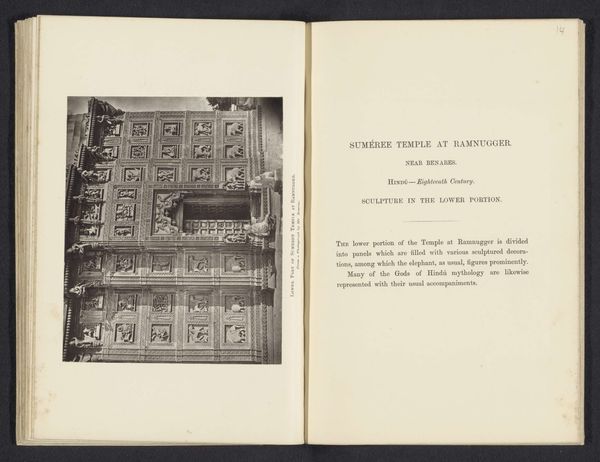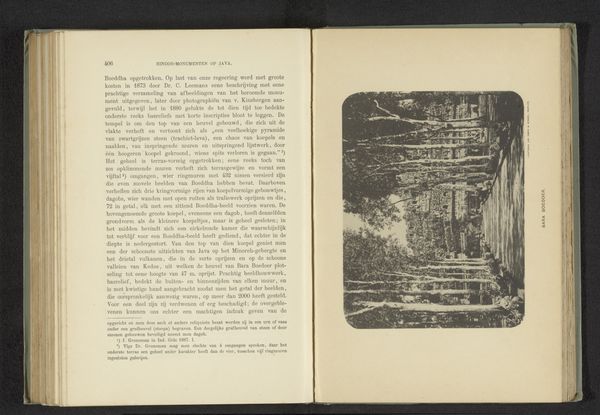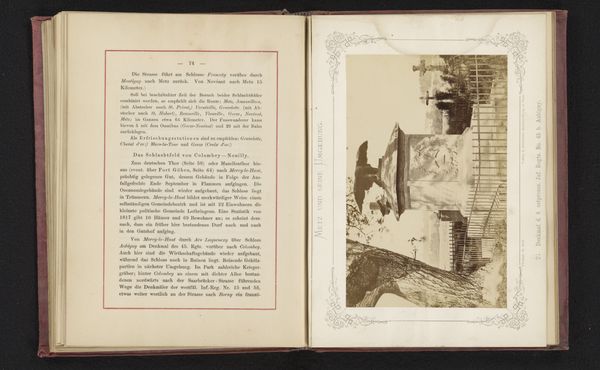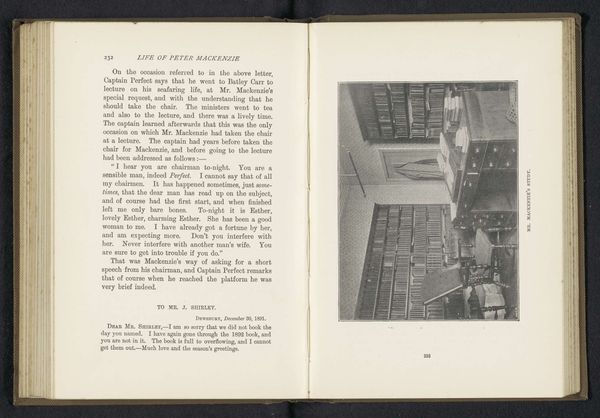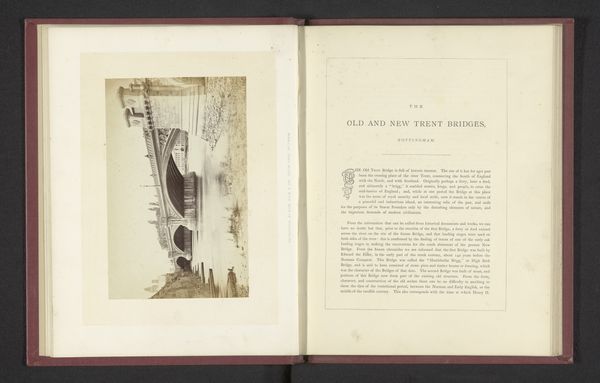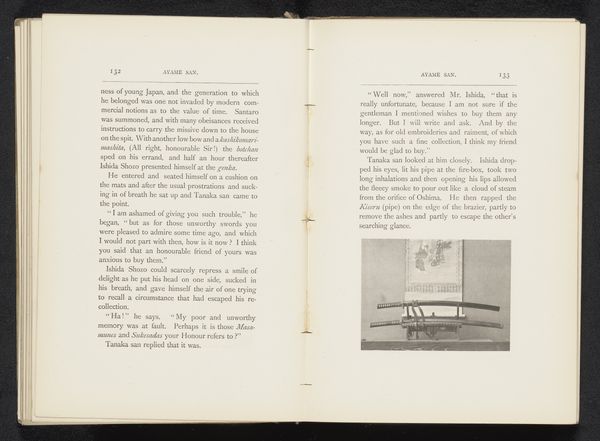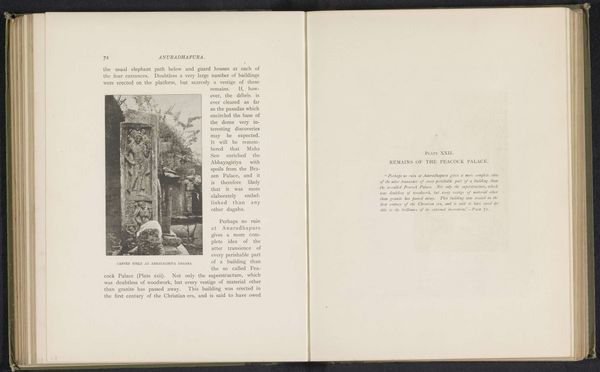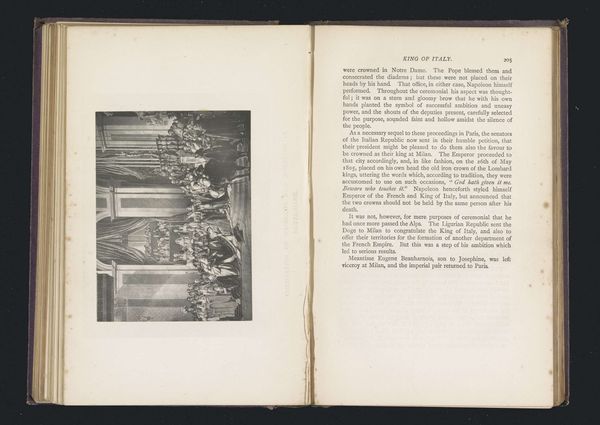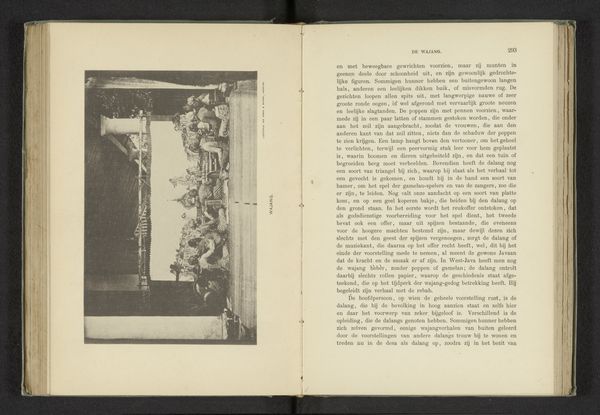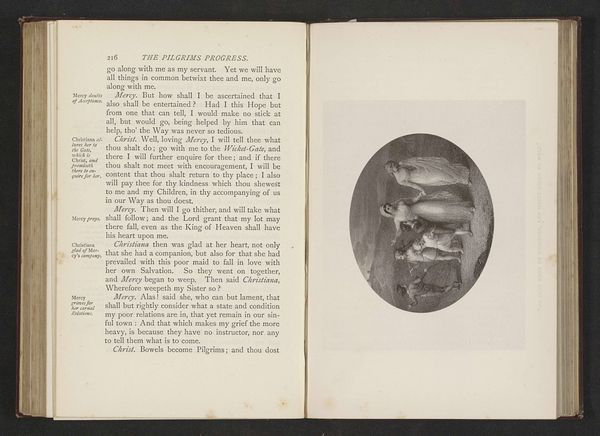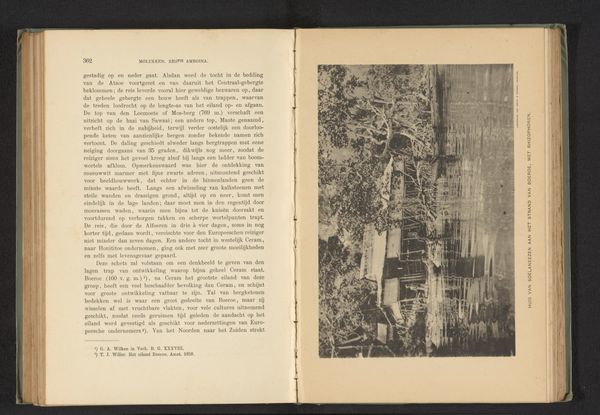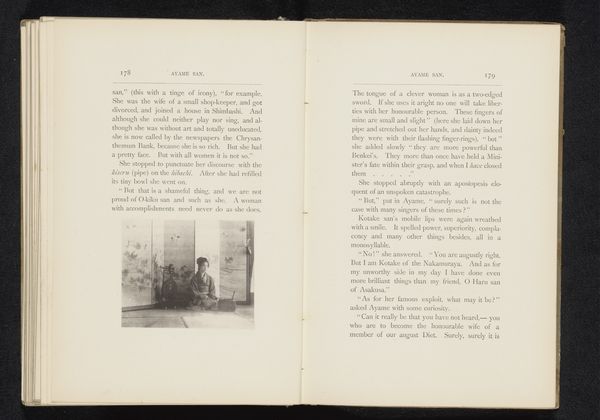
photography, albumen-print
#
asian-art
#
photography
#
cityscape
#
islamic-art
#
albumen-print
Dimensions: height 111 mm, width 138 mm
Copyright: Rijks Museum: Open Domain
Curator: My first impression is one of imposing, almost oppressive, grandeur. Editor: Yes, it's a photograph, an albumen print, titled "Interior of the palace at Delhi (seventeenth century)" and it's attributed to Samuel Bourne, taken before 1869. The scale and the depth are astonishing, captured with such clarity given the limitations of early photography. Curator: Look at the layering, the way the arches echo and recede. It speaks to the infinite, doesn't it? Like the architecture intends to dwarf you and simultaneously connect you to something bigger, some eternal power or idea. There's a definite link here to the idea of a divinely ordained kingship. Editor: Agreed. The patterns too, the repetitive motifs that seem to grow organically across every surface. The visual rhythm of these repeating patterns underscores the impression of limitlessness. And notice the contrast between the smooth, undecorated pillars that rise up towards highly decorated, ornate ceilings. The building itself embodies a power relationship. Curator: And consider the light and shadow play, framing the central spaces—this interplay pulls you in and suggests a sacredness to the space, while simultaneously, those dark patches create an atmosphere that is also imposing. Editor: Bourne was clever with his composition, guiding our eyes with light, shadow, and a kind of visual recursion. By doing so he forces us to examine the workmanship and consider the architectural philosophy embedded into the walls. The eye is drawn into the heart of this meticulously constructed place, Curator: Yes, Bourne manages to reveal so much of the cultural story in this single shot. The opulence tells a story of imperial wealth and sophistication, of religious beliefs manifested in artistic expression. This Palace embodies a worldview. Editor: Seeing it like this, mediated through Bourne's eye and photographic method, gives us a potent way of reflecting on its architectural properties and its role in cultural transmission. Curator: For me, this evokes powerful feelings of continuity, and timeless cultural ideals. Editor: A carefully calibrated arrangement that delivers both intellectual stimulus and immediate awe!
Comments
No comments
Be the first to comment and join the conversation on the ultimate creative platform.
